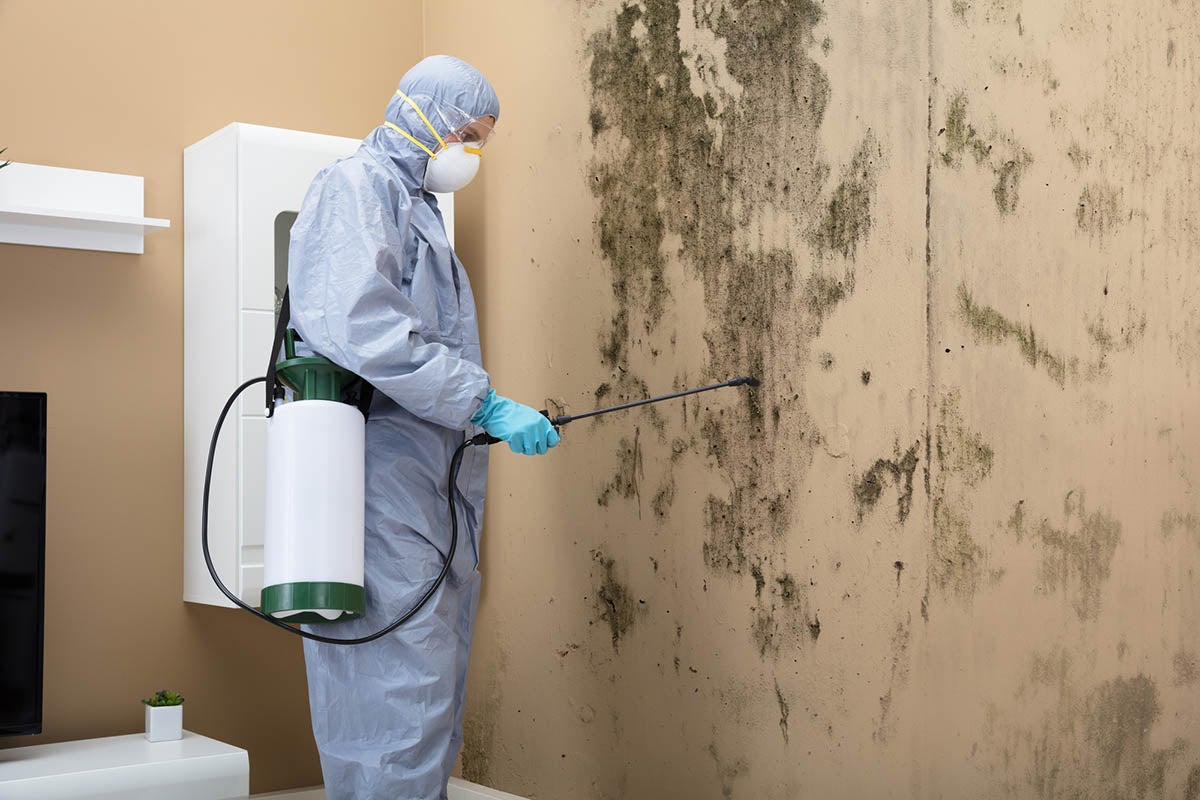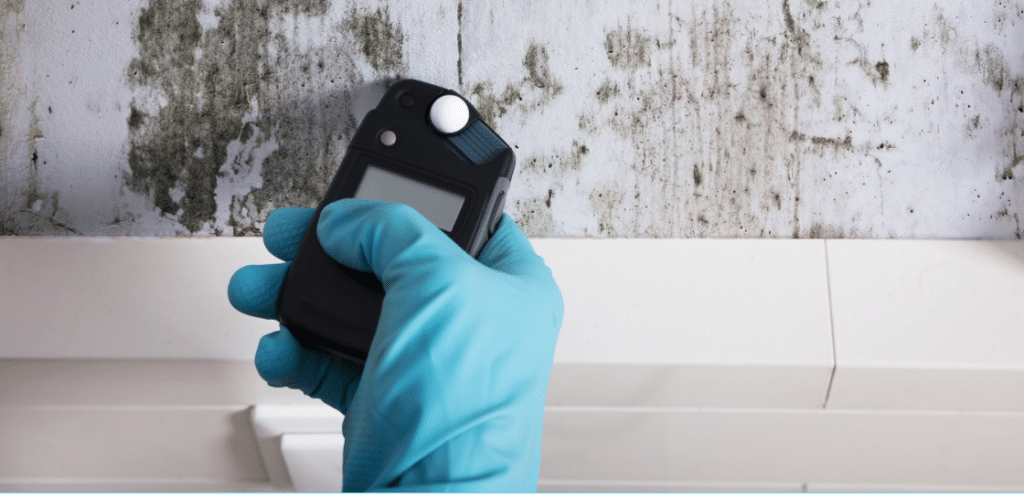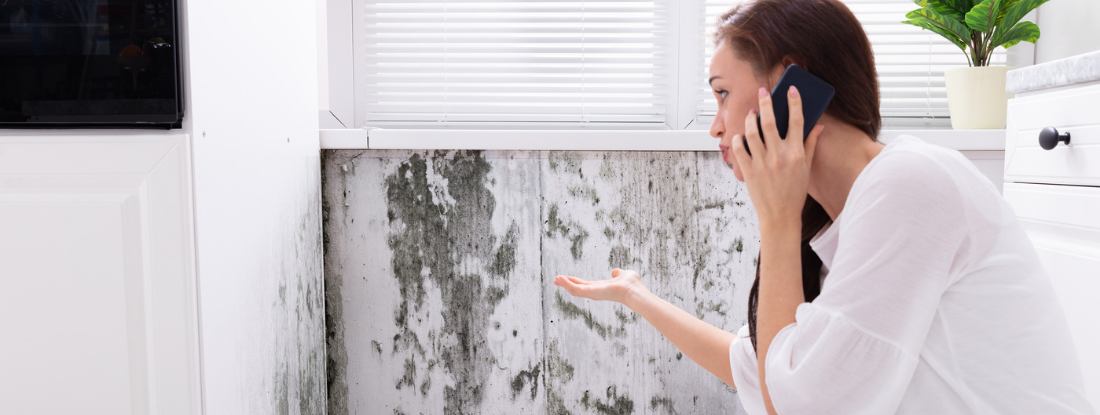Your Ultimate Guide to Blog Post Mold Removal Strategies
In the aftermath of mold and mildew infestation, understanding just how to effectively remove the mold and mildew and stop its reoccurrence is extremely important for maintaining a healthy indoor environment. From choosing the right cleansing and sanitizing techniques to implementing techniques for long-lasting mold and mildew avoidance, each action in the removal journey plays an important role in guaranteeing a successful outcome.
Comprehending Post-Mold Removal Process
After completing the mold and mildew removal procedure, it is crucial to recognize the post-mold removal methods that are necessary to guarantee a effective and comprehensive clean-up. As soon as the mold has been removed, the following action involves cleansing and sanitizing the affected locations to stop any regrowth of mold. This consists of making use of specialized cleaning up agents to wipe down surfaces and kill any remaining mold and mildew spores. It is vital to dry out the area totally to discourage the development of mold in the future (After mold remediation). Proper air flow and dehumidification can aid in this process.
In addition, carrying out a final assessment post-remediation is crucial to ensure that all mold and mildew has been efficiently gotten rid of. If the evaluation reveals any remaining mold and mildew, additional removal may be necessary.
Efficient Cleaning Up and Sanitizing Methods

Stopping Future Mold And Mildew Growth

Significance of Correct Ventilation
Proper air flow plays an essential role in preventing dampness accumulation, a vital aspect in mold and mildew growth within interior environments. Effective air flow systems help eliminate excess humidity from the air, reducing the opportunities of mold spores locating the read the article dampness they need to spread out and sprout. Without ample ventilation, indoor areas can come to be a reproduction ground for mold, leading to potential health and wellness threats and architectural damages.
By making certain proper air circulation, ventilation systems can also aid in drying out moist locations quicker after water damage or flooding cases, better preventing mold and mildew development. testing air quality after mold remediation. In areas like bathrooms, kitchens, attic rooms, and cellars where wetness levels often tend to be greater, installing and maintaining efficient air flow systems is essential in protecting against mold invasions

Monitoring and Maintenance Tips
Given the essential function that proper check here air flow plays in stopping mold and mildew development, it is necessary to develop efficient surveillance and upkeep ideas to make certain the ongoing functionality of ventilation systems. Normal assessments of ventilation systems must be conducted to check for any type of signs of obstructions, leakages, or malfunctions that could restrain proper air flow. Surveillance moisture levels within the residential property is additionally vital, as high humidity can add to mold and mildew growth. Setting up a hygrometer can help track humidity degrees and alert property owners to any type of spikes that might need focus. Furthermore, ensuring that air filters are regularly cleaned or changed is crucial for maintaining the efficiency of the ventilation system. Implementing a routine for routine upkeep jobs, such as duct cleaning and heating and cooling system examinations, can assist avoid concerns before they escalate. By staying attentive and positive to the condition of air flow systems, property owners can successfully alleviate the risk of mold regrowth and maintain a healthy and balanced interior atmosphere.
Final Thought
Finally, post-mold removal methods are necessary for guaranteeing a secure and tidy setting. Understanding the procedure, carrying out effective cleansing and disinfecting methods, protecting against future mold and mildew growth, maintaining correct ventilation, and routine surveillance are all important actions in the remediation procedure. By adhering to these standards, you can effectively eliminate mold and mildew and stop its return, promoting a healthy living or functioning space for all passengers.
In the consequences of mold problem, understanding just how here are the findings to properly eliminate the mold and stop its reoccurrence is critical for maintaining a healthy indoor environment. When the mold has been gotten rid of, the following step includes cleansing and decontaminating the impacted locations to stop any regrowth of mold and mildew - testing air quality after mold remediation. After removing noticeable mold development, it is critical to cleanse all surfaces in the afflicted area to eliminate any continuing to be mold spores. To further boost mold and mildew prevention actions, it is necessary to resolve underlying problems that originally led to mold development.Provided the vital duty that appropriate air flow plays in avoiding mold and mildew growth, it is necessary to establish efficient tracking and upkeep tips to make sure the ongoing capability of ventilation systems